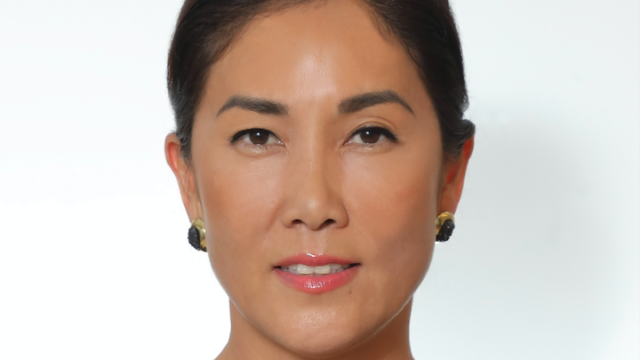Julie Koo, Citi Private Bank
After markets experienced a v-shaped Q4, 2019 has become a time for risk-on, but “in a more aware or cautious way”, said Julie Koo. The approach is to protect capital while also positioning to tactically exploit opportunities.
“We’re not overly concerned about anything in particular this year, but believe investors should be selective across equities and fixed income.
“Going into 2019, the markets are not more clear, but investors have accepted to some extent this is where we are.”
However, the year ended with clients de-leveraging, she said. “A lot of our clients were taking profits or moving assets to cash in the second half of 2018.
“People are still sitting in too much cash,” she said, adding that unencumbered cash allocation in a balanced portfolio should be less than 10%.
“In this environment, we advise holding minimal unencumbered cash. You won’t be paid for sitting on it in this market.”
Wealth management focus
The bank is emphasising three areas this year. The first, safeguarding assets, includes allocations to alternatives, particularly hedge funds.
She said directional hedge strategies (long-short) on the platform have delivered strong growth for clients and she believes it can continue.
“This is an environment for hedge funds to really prove themselves. Capture some upside but protect on the downside, that’s a pretty good way to offset some equity risk.
“We think a well-diversified portfolio should have 20-22% invested in alts [within that], 12% in hedge funds and 10% in private investments — and Asian clients are well below that level.”
Another area of investment focus for clients is what the bank believes are “unstoppable trends”, or themes that are likely to experience growth despite macro risks such as the US-China trade tensions or any economic growth slowdown in key markets.
Themes include longevity, with sub-themes of healthcare technology and services, and “digitisation” and the influence it will have on multiple sectors such as consumer, finance and healthcare.
Citi recently added a mobility themed fund, a number of Asian and China-focused themed strategies like healthcare, Koo said.
“We believe these themes have the opportunity for sustainable growth. They are not dependent on what happens to any one sector.”
The third area is Asia broadly. “We have been bullish because valuations in Asia and China are still interesting. Investors tended to avoid positioning in [Asia and China] last year due to fear of what’s happening in the headlines.”
Resilient equities?
The year is indeed starting well, with Q1 earnings in the US delivering growth on average, despite warnings of an earnings contraction. US GDP growth was 3.2% in the first quarter.
Citi’s global investment committee doesn’t think the US economy is heading into recession. Although there may be a slowdown, the economy should continue growing the next 12-18 months, she said.
“We’re very bullish over the next 12-18 months that equities will be resilient,” Koo said. However, not across the board. She said pockets of the markets – for example US large caps – are positioned well for growth.
Emerging markets and Asian equities are also favoured. “They have been somewhat undervalued and indiscriminately sold off through 2018.”
Fixed income funds have received strong flows, she said. “We’re helping clients find opportunities where they can enhance the yield in fixed income and helping them position with a better diversified fixed income portfolio.”
On high yield, she was more cautious. Although defaults have been low, flows into the asset class have been a bit too strong in 2019. “Our global investment committee views are now more favourable toward investment grade credits.”
An exception is China high yield, which is something that would likely make US or European investors hesitate, but in Asia the instruments are well understood and supported by investors, she said.
















